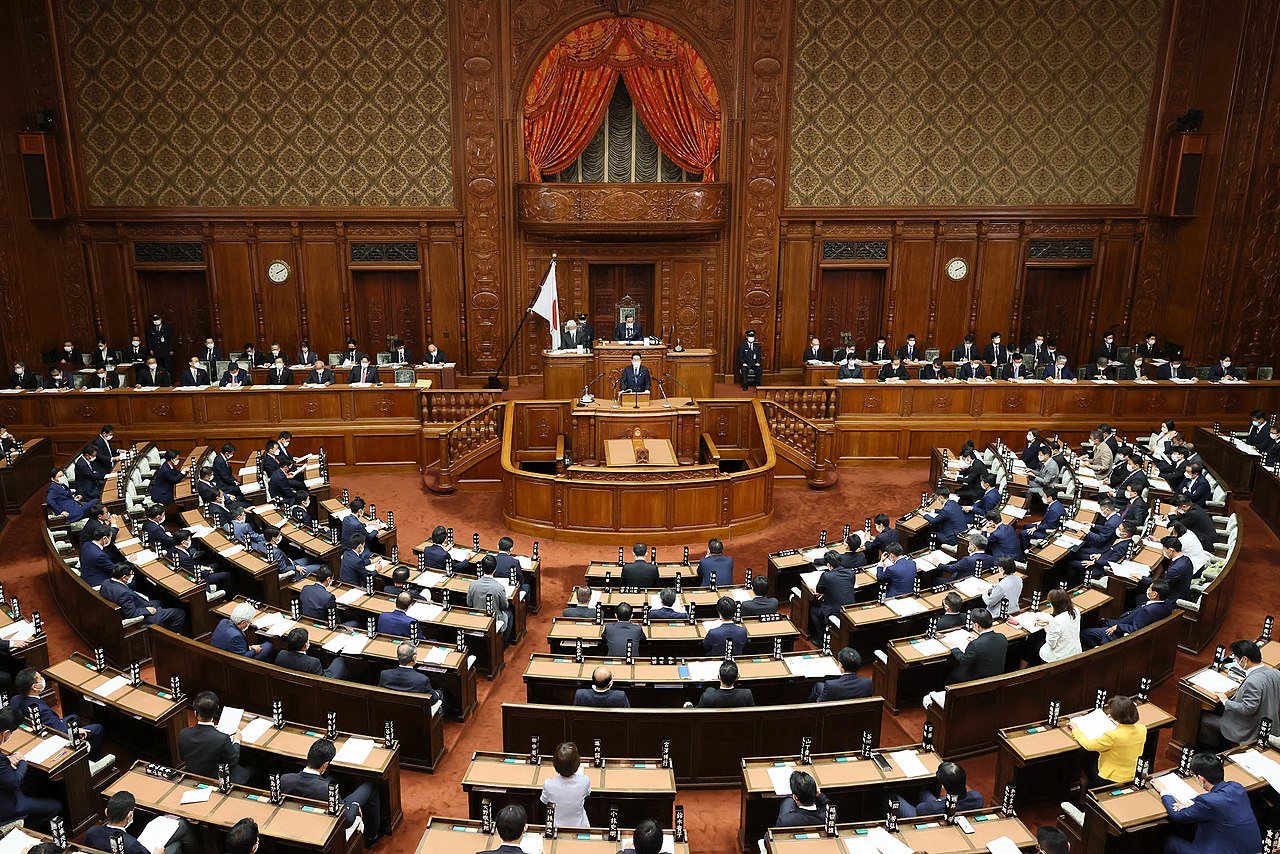Citing “the most severe and complex security environment since the end of World War II,” the Kishida government of Japan has updated its national security doctrine and national defense strategy for the first time in a decade.
Paired with these two new documents is a fiscal year 2023 budget increase for the military of 26.3%, up to around $51 billion. Much of the new money will be spent on American-made warplanes and medium-range Tomahawk cruise missiles as part of a new counter-strike doctrine the administration has incorporated into its policy.
It’s the ninth-consecutive time the military budget of Japan has surpassed all to come before it, and represents a little more than 1.1% of GDP.
$801 million was secured from Japan’s bicameral legislature to purchase 8 more Lockheed Martin F-35 A Lightning II aircraft and 40% more to buy another 8 F-35B Lightning multirole fighters.
This is part of a decade-long process to equip the Japanese Air Self-Defense Force with 147 F-35s, to become the second-largest world operator of this US/NATO weapon system. Japan is also not shirking her role in a joint agreement with the UK and Italy to develop a sixth-generation fighter by 2035, which required another $801 million at current conversion rates of yen-USD.
A quarter-billion was received to develop an extended-range version of the domestically produced Type 12 Surface-to-Ship Missile (SSM), while $400 million was earmarked for the development of a Japanese hypersonic missile. The largest munitions line item however were Tomahawk cruise missiles, 500 of them, for $1.6 billion.
Indo-Pacific square off
It’s been a decade since a security posture and defense strategy have been formulated by Japan, and as it seems with the whole world, theirs is moving away from being non-aligned to having a strong national security establishment.
“As unilateral attempts to change by force the status quo in the East and South China Sea intensify and the security environment becomes increasingly tense, we wish to continue to cooperate with France,” Japanese Prime Minister Fumio Kishida said yesterday at a G7 conference.
Most concerning to the Japanese are obviously North Korea and China, in particular to defend the southwestern Nansei Islands, including the disputed Senkaku/Diaoyu Islands in the East China Sea. These have been occupied by Japan for years, but are claimed as territorially Chinese.
The papers also note with alarm of the increasing rate at which the DPRK is launching missiles into neighboring geo-political space, “including missiles flying with irregular trajectories, and launching missiles from various platforms such as Transporter Erector-Launcher (TEL), submarines, and trains”.
While The Diplomat reports how much the new defense and security white papers targets China as the motivation for the security overhaul, the white paper itself stresses the need to develop a “constructive and stable relationship with China,” and that Japan’s new posture will be in part to “strongly enhance communication with China in the security field,” especially on topics such as nuclear disarmament.
Other language, which indeed was translated into English, seems to indicate the desire to develop a kind of hotline communication to avoid or diffuse “unforeseen” events like military accidents.
The idea of a Kennedy-Kruschev hotline is imperative as the document authorizes the creation of a national counter-strike policy to add to its missile defense planning. No longer can Japan, according to the document, rely on missile defense systems, but must carry a retaliatory danger of her own in order to ensure her security.
The resolution to continue strongly towards enhancing existing security partnerships with the US, UK, Australia, EU, South Korea, and NATO however will likely present insurmountable challenges to Japanese efforts to build a stable relationship. The constant involvement of these Western powers in the Indo-Pacific is the reason behind the recent advances in military preparedness, size, and sophistication China is exhibiting. WaL
PICTURED ABOVE: The Japanese National Diet meets in October 2022. PC: Government of Japan – CC 4.0.
If you think the stories you’ve just read were worth a few dollars, consider donating here to our modest $500-a-year administration costs.



